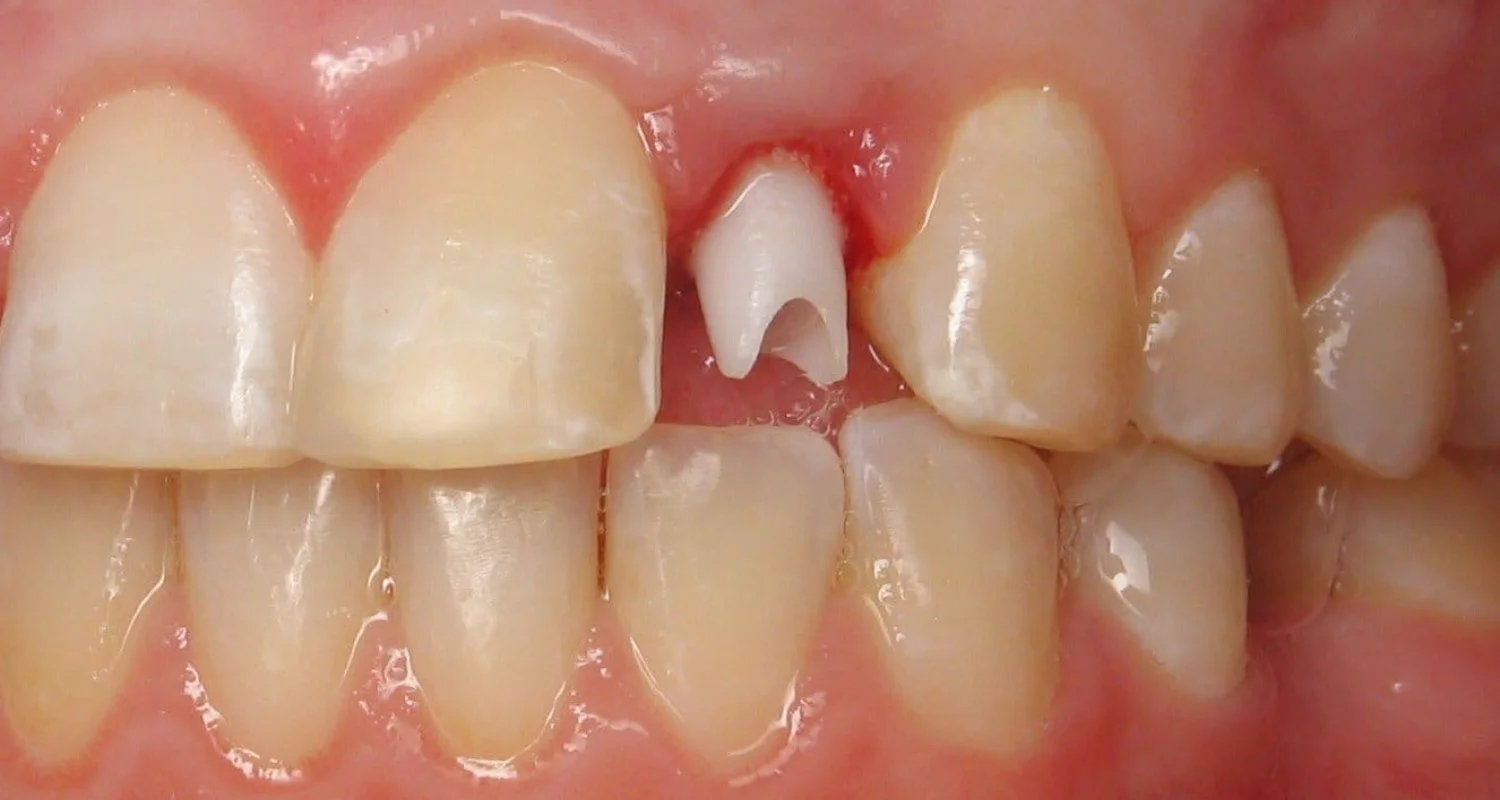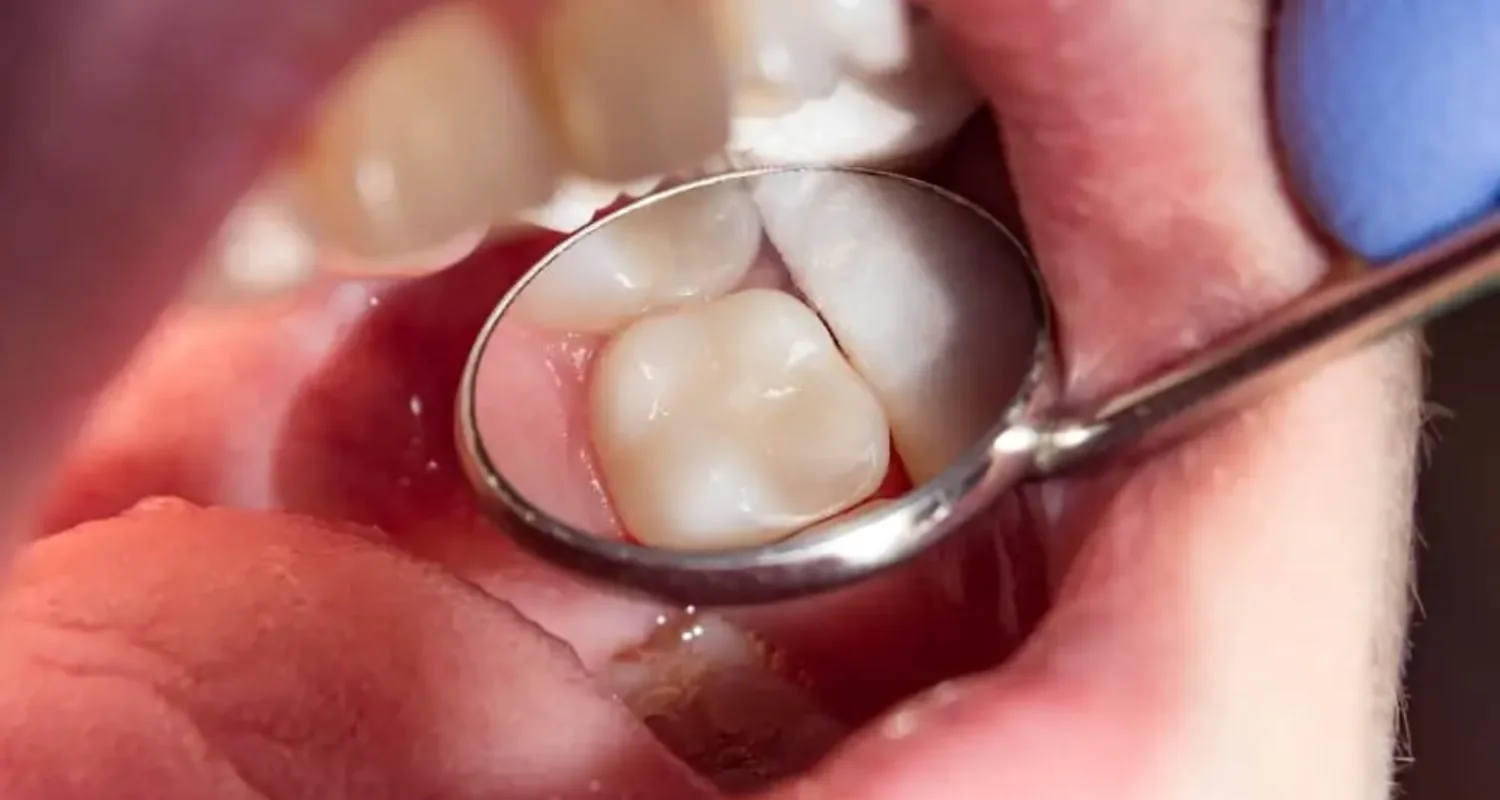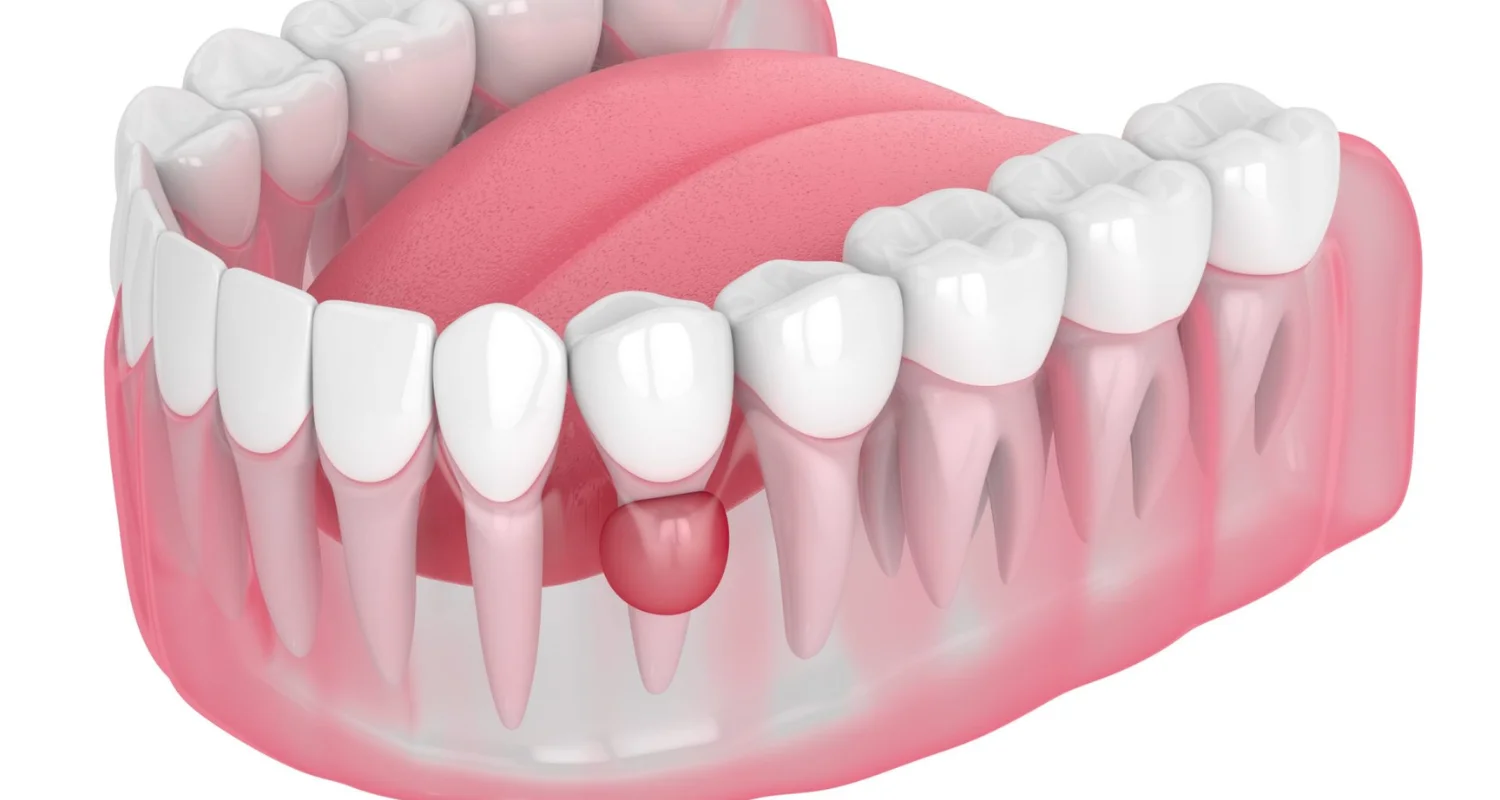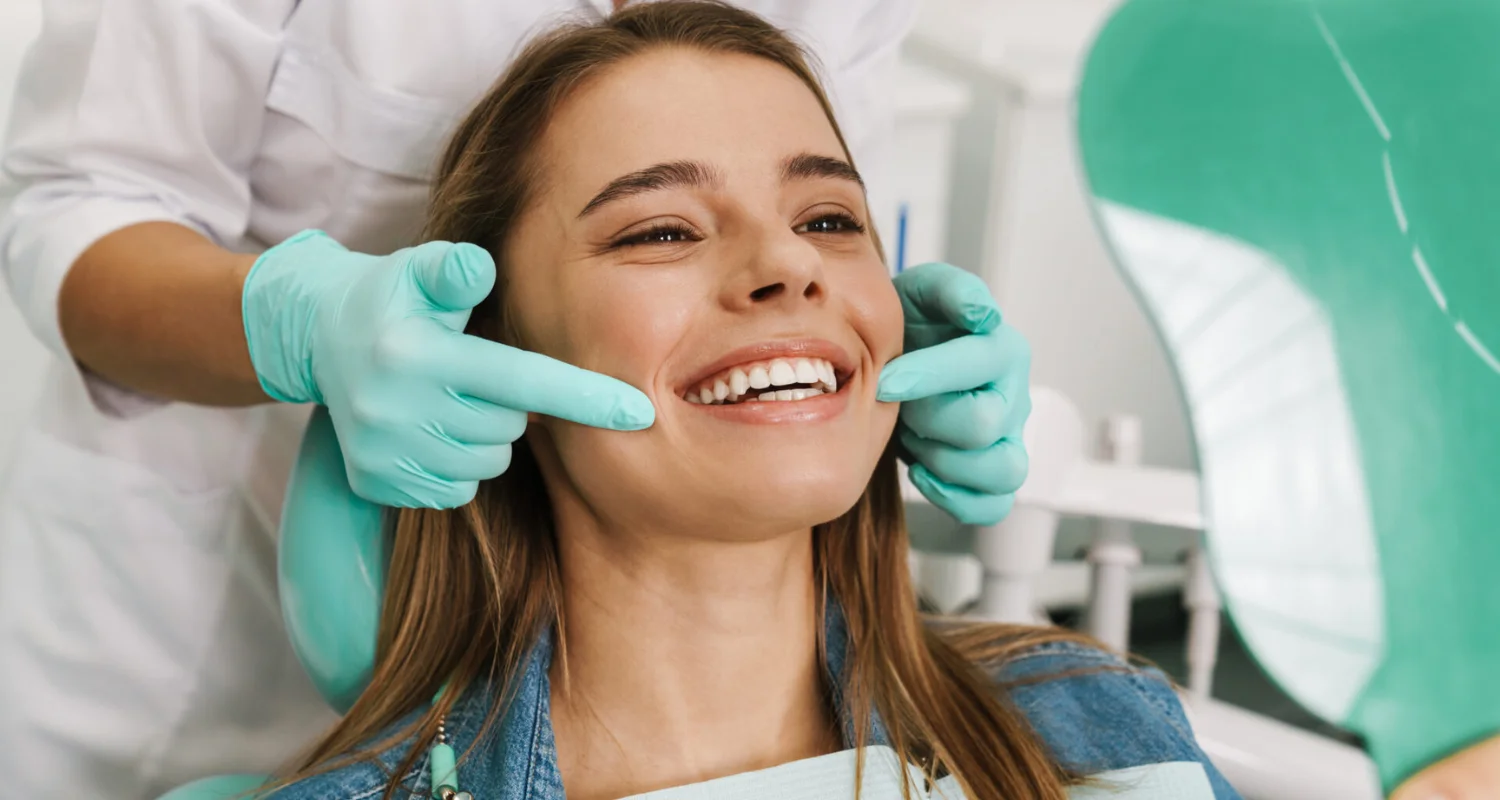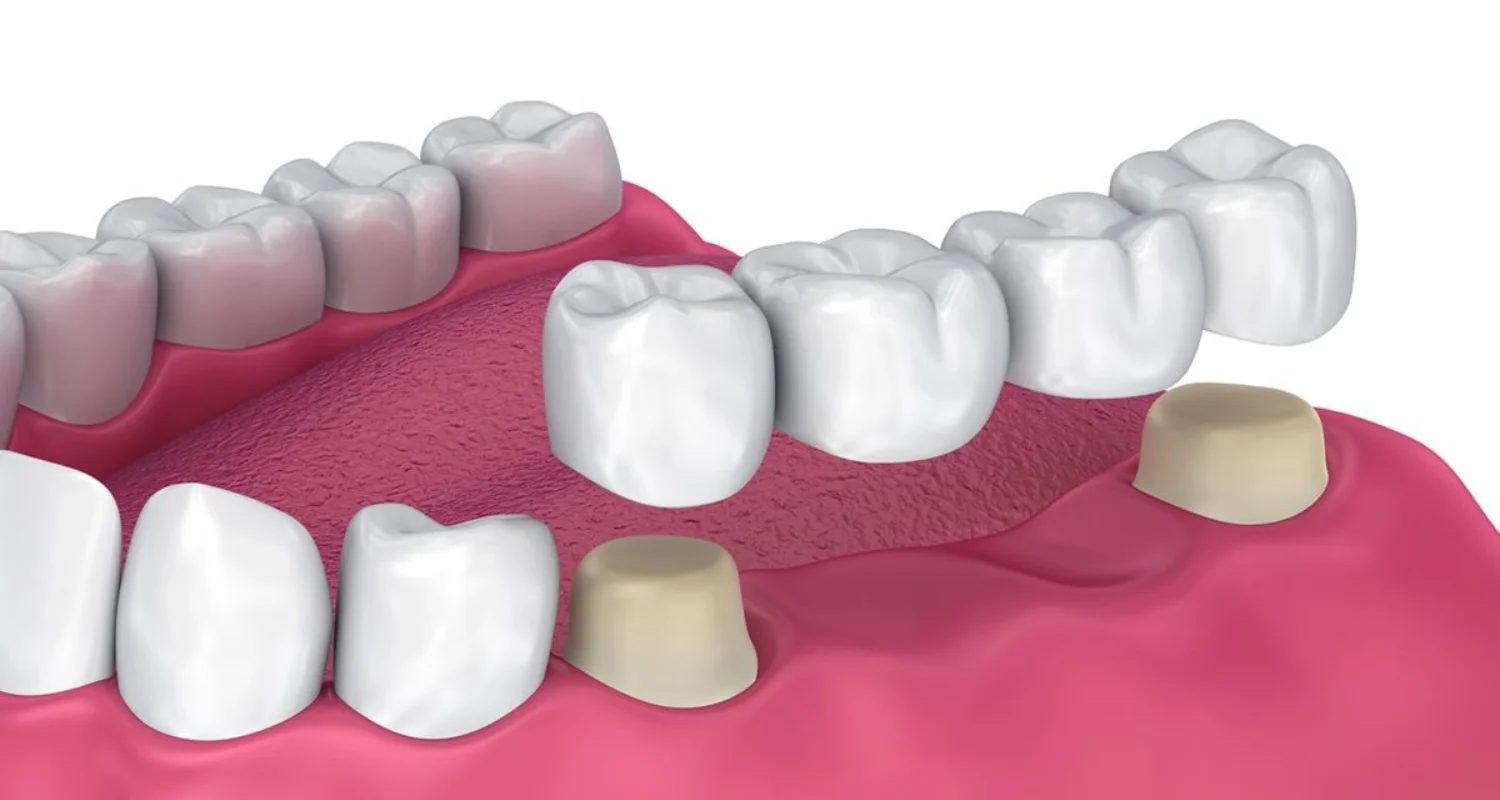Last Updated on: 19th September 2025, 12:35 pm
If you’re having problems with milk teeth in adulthood, you came to the right place.
Do you remember losing your first baby tooth? Maybe you placed it under your pillow, excitedly waiting for a visit from the Tooth Fairy. Baby teeth, also known as primary teeth, play a crucial role during childhood. They help us chew, speak, and hold space for the permanent teeth that will eventually take their place. Most of the time, these baby teeth naturally fall out as we grow up.
But here’s something you might not know: some people keep one or more baby teeth well into adulthood! That’s right, although uncommon, retaining baby teeth as an adult is a real condition that often raises questions and concerns. In this article, we’ll dive into why this happens, what kinds of issues it can cause, and the dental treatments that can help manage it. Whether you’re curious or have experienced this yourself, keep reading to learn more!
What are milk teeth in adulthood?
Baby teeth in adults, also known as retained primary or baby teeth, are teeth that were not replaced by permanent ones during childhood or adolescence. It’s a bit like having a guest who was supposed to leave after the party but decided to stick around indefinitely!
This isn’t as rare as it might sound. Retained baby teeth affect about 2-8% of people and are most commonly found in teeth like the upper canines, lower second molars, or incisors. While many retained baby teeth don’t cause any issues and can remain functional well into a person’s 20s, others might lead to problems like misaligned bites (malocclusions) or impact the health of nearby teeth.
Why do some adults keep their baby teeth?
Baby teeth, or primary teeth, usually emerge around 6 months of age and fall out between ages 6 and 14 as permanent teeth come in. However, for some people, this natural process doesn’t go as planned, and baby teeth stay well into adulthood. But why does this happen?
Common causes of milk teeth in adulthood
The most frequent reason is the absence of a permanent tooth to replace the baby tooth, a condition known as tooth agenesis. Imagine a child waiting for their turn to be substituted in a game, only for their replacement to never show up, the baby tooth is left without a successor, staying in place.
Here are the main causes of milk teeth in adulthood:
1. Tooth agenesis: This is a condition where one or more permanent teeth fail to develop, disrupting the natural replacement of baby teeth. It can occur in varying degrees of severity:
● Hypodontia: It’s the mildest form; involves the absence of fewer than six permanent teeth and is relatively common.
● Oligodontia: It’s a more severe form; it occurs when six or more permanent teeth fail to develop, often leading to significant gaps in the dental arch.
● Anodontia: It’s the most extreme and rare type, where all permanent teeth are missing, leaving baby teeth as the only teeth present.
2. Tooth Fusion (Ankylosis): The baby tooth fuses to the jawbone, making it impossible to loosen and fall out.
3. Impaction: The permanent tooth remains stuck in the gum or jawbone and fails to erupt, leaving the baby tooth in place.
4. Ectopic eruption: A permanent tooth takes an unusual path during an eruption, causing disruption in the normal shedding process.
5. Trauma or injury: Accidents during childhood can damage the developing permanent tooth buds, preventing proper eruption.
6. Genetics: Some individuals inherit conditions, such as ectodermal dysplasia, which affect dental development.
7. Supernumerary teeth (hyperdontia): Extra teeth in the mouth can block the eruption of permanent successors.
Understanding the root cause is crucial for determining the appropriate treatment and management strategies.
Are there risks to milk teeth in adulthood?
For some people, milk teeth in adulthood pose no significant problems and can remain functional for years. However, due to their temporary nature, these teeth aren’t designed to last a lifetime, which can lead to complications. Here are some potential risks to be aware of:
● Misalignment of teeth: Retained baby teeth can disrupt the alignment of permanent teeth, causing crooked bites or gaps (diastema). This misalignment can also make teeth harder to clean, increasing the risk of cavities.
● Weaker structure and higher wear risk: Baby teeth are smaller and have thinner enamel than permanent teeth, making them more prone to wear fractures, and decay. They’re not built to handle the forces of adult chewing long-term.
● Infraocclusion: A condition where the retained tooth appears shorter as surrounding teeth erupt higher, creating an uneven bite and potentially leading to bite imbalances.
● Aesthetic concerns: Retained baby teeth, especially in visible areas, may affect the appearance of your smile. This can be bothersome for some individuals and may lead to confidence issues.
● Functional challenges: Due to their size and shape, milk teeth in adulthood might make chewing or biting less efficient, particularly if they are located in areas critical for these functions.
Awareness of these risks emphasizes the importance of regular dental check-ups for individuals with retained primary teeth.
How are milk teeth in adulthood diagnosed?
Diagnosing a retained baby tooth begins with a visit to a dentist, who will carefully examine the tooth’s shape, position, and overall condition during a clinical evaluation. To confirm the diagnosis, however, X-rays are essential.
X-rays help the dentist identify whether there is a permanent tooth beneath the retained one, assess the health of its roots, and understand its position relative to nearby teeth and the jawbone. This information is crucial for deciding if the retained tooth can stay or if further treatment is required.
What should you do if you have milk teeth in adulthood?
If you discover that you have retained baby teeth, seeking professional advice is the first step. Dentists or orthodontists can evaluate the situation and recommend appropriate actions. Ignoring the issue may lead to further complications, such as jaw pain, gum disease, or worsening malocclusion.
What are the treatment options for milk teeth in adulthood?
The treatment for retained baby teeth in adults depends on their condition and any issues they might cause. Here are some common approaches:
1. Keeping the retained tooth
If the baby tooth is healthy, well-positioned, and doesn’t cause any discomfort or functional issues, your dentist may suggest keeping it. To ensure its long-term health, regular dental check-ups and professional cleanings are essential.
2. Removing the retained tooth
If the tooth causes problems like misalignment, decay, or damage to nearby teeth, extraction might be necessary. After removal, replacement options include:
● Dental implants: A durable and natural-looking option to fill the gap.
● Bridges or partial dentures: Effective alternatives if implants aren’t suitable.
3. Orthodontic treatment
If the retained tooth affects the alignment of your other teeth, braces or other orthodontic solutions can help straighten them. In some cases, the baby tooth may be temporarily incorporated into the orthodontic plan until a replacement is ready.
4. Using a dental crown
If the retained tooth is weak, worn down, or damaged, a crown can be placed over it to restore its strength and functionality.
What happens if a retained baby tooth is left untreated?
Leaving a retained baby tooth untreated can lead to long-term issues, such as:
● Root resorption: The tooth may weaken over time, losing its stability.
● Damage to neighboring teeth: A retained tooth can put pressure on nearby teeth, leading to misalignment or problems with their roots.
It’s important to consult a dentist to evaluate your situation and recommend the best treatment. Proper care helps maintain oral health and prevents potential complications in the future.
Conclusion
Milk teeth in adulthood might be rare, but they’re definitely something that deserves a closer look from your dentist. Sometimes, these teeth can work just fine, but other times, they may need attention to avoid potential issues down the road. If you have a retained baby tooth, it’s a good idea to check with your dentist to make sure everything is in great shape.
Keeping your teeth healthy is the secret to a confident, happy smile. Stick to good brushing and flossing habits, and don’t skip those regular dental visits. A little consistent care goes a long way in keeping your mouth in top condition!
Frequently Asked Questions
Is it normal to have a milk teeth in adulthood?
While it’s not typical, it’s not as rare as you might think! About 2-8% of adults have retained baby teeth. This usually happens when a permanent tooth doesn’t develop or fails to emerge to replace the baby tooth.
Can retained baby teeth last a lifetime?
In some cases, a retained baby tooth can remain in place and functional for many years with proper care, though regular dental check-ups are essential to monitor its health.
Is it common to have more than one retained baby tooth?
While it’s possible, it’s less common. Most adults with retained baby teeth have just one or two.
How can I tell if I have a retained baby tooth?
If you notice a smaller tooth, uneven alignment, or a gap where a tooth didn’t come in, it might be a retained baby tooth. A dentist can confirm this with a clinical exam and X-rays.
Do retained baby teeth need to be removed?
Not always. If the tooth is healthy, functional, and doesn’t cause any issues, it can often stay in place. However, if it leads to problems like misalignment, decay, or damage to neighboring teeth, removal may be necessary.
Share
References
1. Clarke, A. (2019, February 7). Adult baby teeth. Healthline. https://www.healthline.com/health/adult-with-baby-teeth
2. Meade, M. J., & Dreyer, C. W. (2023, July 7). Tooth agenesis: An overview of diagnosis, etiology and management. Japanese Dental Science Review, 59, 209-218. https://doi.org/10.1016/j.jdsr.2023.07.001
3. Nelson, S., Slusar, M. B., Albert, J. M., & Riedy, C. A. (2017, may 4). Do baby teeth really matter? Changing parental perception and increasing dental care utilization for young children. Contemporary Clinical Trials, 59, 13-21. https://doi.org/10.1016/j.cct.2017.05.002
4. Norris, T. (2019, March 30). How many teeth should I have? Healthline. https://www.healthline.com/health/how-many-teeth-do-adults-have
5. Rowden, A. (2022, march 24). How to know if you still have baby teeth. Medical news today. https://www.medicalnewstoday.com/articles/adults-with-baby-teeth
-
Dr. Yeidy Carolina Mesa [Author]
DDS Yeidy Carolina Mesa Passionate Dentist | Advocate for Accessible Oral Health Education Graduating from Universidad CES in 2022, I am a dedicated general dentist with a lifelong passion for helping others and making a meaningful impact in the world. My journey into dentistry began at the age of 7, inspired by my own experience with braces and overcoming a fear of the dentist. This personal journey shaped my mission to help patients conquer their own dental anxieties and embrace a healthier,...
View all postsRecent Posts


